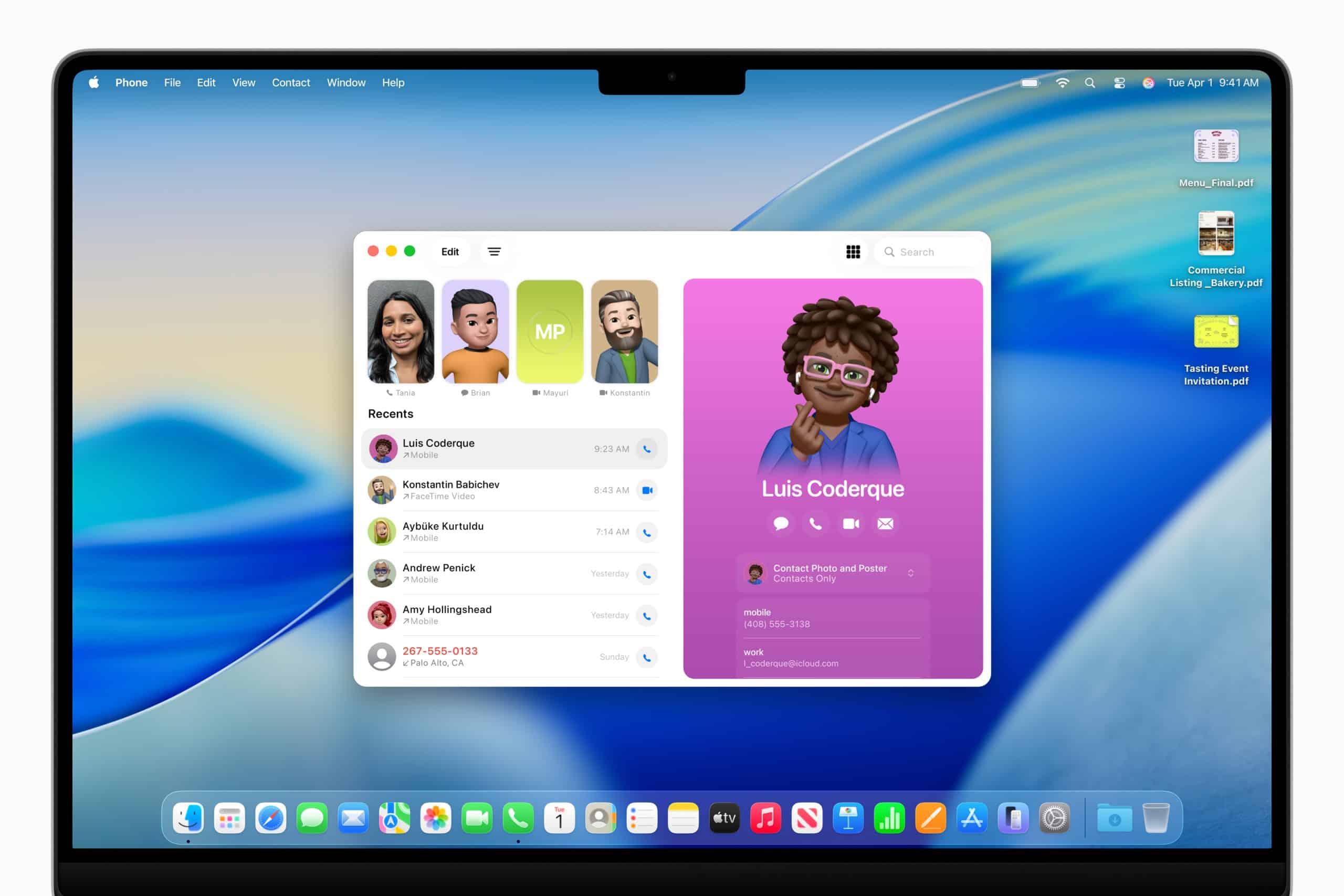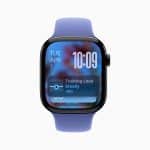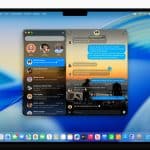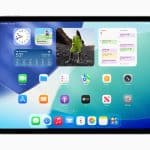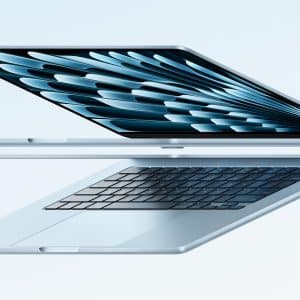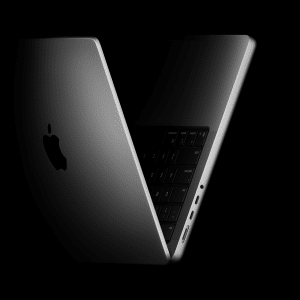Personalization is a cornerstone of macOS Tahoe, with the second beta offering robust options to tailor the user experience. The Control Center and Menu Bar now allow users to add, remove, or rearrange controls, including third-party app integrations, making quick access to tools effortless. App icons and folders can be customized with color tints or emojis, enabling users to visually organize their desktops with flair. For those preferring a classic look, the transparent Menu Bar can be set to opaque, addressing concerns about text legibility raised in earlier betas. This flexibility caters to both creative users and those prioritizing functionality.
Phone App Integration Enhances Connectivity
A groundbreaking addition, the Phone app brings Wi-Fi calling to the Mac for the first time. Users can manage calls directly from their desktops, accessing features like Recents, Contacts, and Voicemails, mirroring the iPhone experience. New tools, such as Call Screening, which prompts unknown callers for information, and Hold Assist, which keeps a user’s place in phone queues, streamline communication tasks. This integration positions the Mac as a central hub for productivity, reducing reliance on other devices for essential tasks.
Spotlight Reimagined for Efficiency
Spotlight evolves into a powerhouse for productivity in macOS Tahoe. Beyond faster and more accurate searches, it now supports direct actions like sending emails, creating calendar events, or setting reminders without opening apps. Apple Intelligence enhances Spotlight’s capabilities, offering contextual suggestions based on emails, websites, or documents. For frequent travelers or remote workers, the Reminders app now includes time zone support, simplifying scheduling across regions. These upgrades make Spotlight a versatile tool for managing daily workflows with minimal effort.
Gaming Gets a Boost
The introduction of a dedicated Games app marks a significant step for macOS as a gaming platform. The Game Overlay feature provides in-game controls and real-time information, enhancing immersion for players. Developers benefit from Metal 4, Apple’s latest graphics framework, which optimizes performance for games and graphics-heavy applications. These advancements reflect Apple’s growing focus on gaming, appealing to casual players and professionals alike while leveraging the power of Apple Silicon.
Stability and System Requirements
Corresponding to the fifth developer beta, Public Beta 2 addresses earlier stability issues, including a bug that delayed rollout on Apple Silicon Macs. Available through the Software Update section after enrolling in Apple’s Beta Software Program, the beta supports all Apple Silicon Macs and select Intel-based models. However, Apple cautions that betas should be installed on secondary devices due to potential instability. Notably, macOS Tahoe will be the final version to support Intel processors, signaling a complete transition to Apple Silicon in future releases.
Developer and Accessibility Enhancements
Beyond gaming, macOS Tahoe offers developers new tools to build richer applications. The Metal 4 framework not only improves graphics performance but also supports advanced rendering techniques, benefiting fields like animation and data visualization. Accessibility features have also been refined, with improved VoiceOver support and customizable interface options to accommodate diverse user needs. These updates ensure Tahoe is inclusive, catering to a wide range of users from developers to those relying on assistive technologies.
A Glimpse into the Future
As macOS Tahoe nears its fall release, Public Beta 2 offers a polished preview of an operating system that blends striking design with practical functionality. The Liquid Glass aesthetic, combined with deep customization, enhanced connectivity, and productivity tools, positions Tahoe as a transformative update for Mac users. With ongoing refinements, Apple aims to deliver a seamless and powerful experience, setting the stage for the next era of Mac computing.


